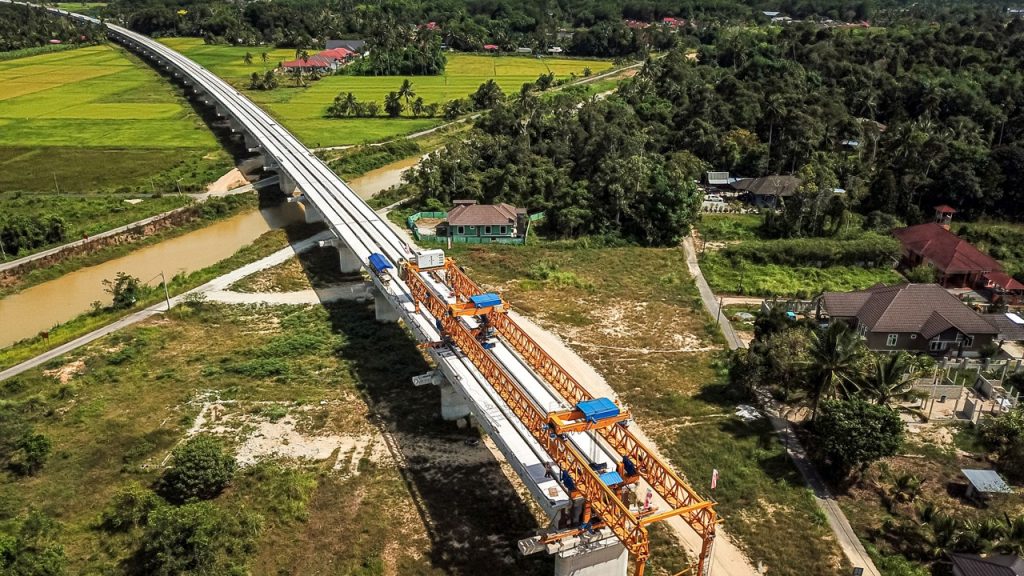Archaeologists in Malaysia have spent over a year investigating an area in the Nenggiri Valley that will soon be submerged due to the construction of a hydroelectric power plant. Since the excavation began in March 2022 and concluded in October 2023, more than 70,000 artifacts have been discovered, including skeletal remains believed to date back 16,000 years. The artifacts found in the caves of the valley include stone tools, pottery, stone ornaments, and human remains. A total of 16 individuals were found buried in 13 limestone caves at four different sites, with one skeleton dated back to the Neolithic period, about 6,000 years ago.
One particular significant find from the excavation is a complete human skeleton in Gua Keledung Kecil, estimated to be between 14,000 and 16,000 years old. This skeleton is the most complete and oldest example of a fully flexed burial found in Malaysia. Many of the items found in the area were grave goods, objects intentionally buried with the dead, providing further insights into the burial practices and beliefs of the ancient inhabitants of the region. These discoveries highlight the importance of archaeological research in uncovering the history and cultural practices of past societies.
Skeletal remains have long been used by archaeologists to learn more about the lifestyles, health, and beliefs of ancient societies. In the case of the recent excavation in Malaysia, the excavation of prehistoric burials has shed light on burial practices dating back thousands of years. Similarly, discoveries in other parts of the world, such as the skeletal remains found in Pompeii, Italy, have provided valuable insights into the lives and experiences of individuals who lived in ancient times. By studying these remains and associated artifacts, researchers can piece together a broader picture of past civilizations.
The archaeological finds from the Nenggiri Valley excavation offer a glimpse into the rich history of the region and the people who lived there thousands of years ago. The discovery of various artifacts, including stone tools, pottery, and human remains, provides valuable information about the cultural practices and beliefs of ancient societies. The presence of grave goods and fully flexed burials suggests complex burial rituals and traditions among the prehistoric inhabitants of Malaysia. Further analysis of these findings will likely uncover more details about the lives of these individuals and the societies they were a part of.
The upcoming flooding of the Nenggiri Valley due to the construction of a hydroelectric power plant underscores the importance of conducting archaeological research in areas that may soon be altered or destroyed. By excavating sites at risk of submersion or destruction, archaeologists can recover valuable information about the past before it is lost forever. The discoveries made in the Nenggiri Valley highlight the significance of preserving and studying cultural heritage sites to better understand our shared history and the diversity of human experiences throughout time. Overall, the archaeological findings from this excavation provide a unique window into Malaysia’s ancient past and contribute to our collective knowledge of prehistoric societies in the region.


